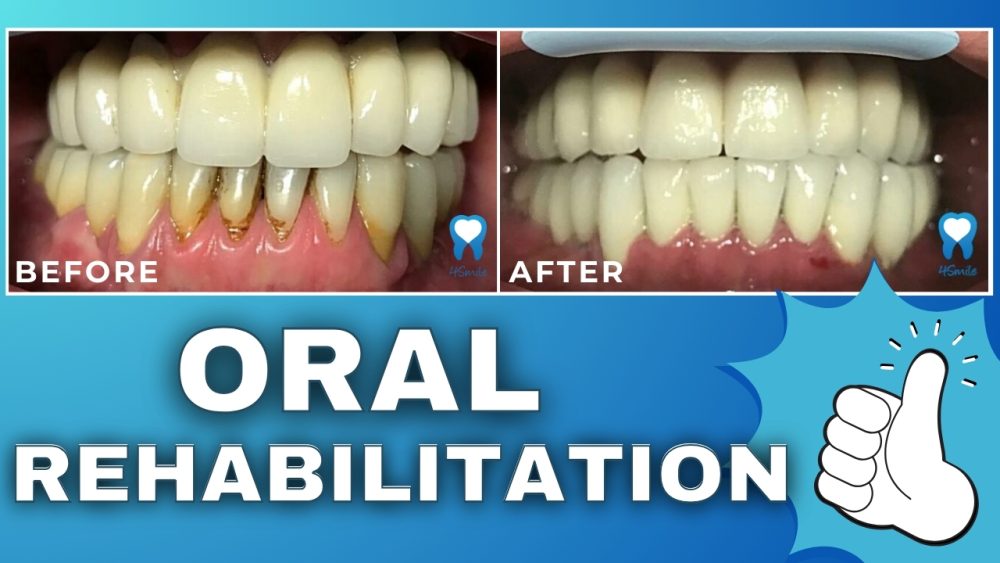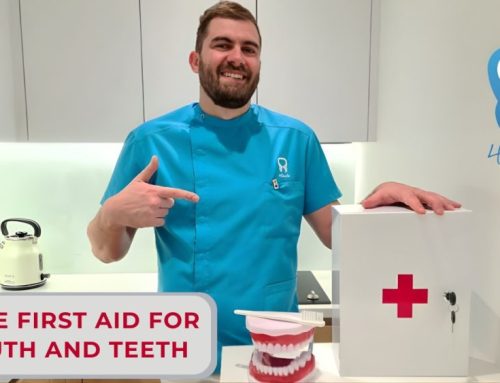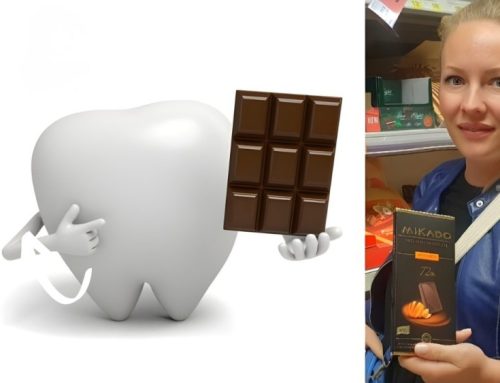In this week’s blog from Dental Center 4Smile, we present a case of oral rehabilitation with dental implants.
During her first appointment with dentist Ivan Antolković in Zagreb, Europe, the patient expressed dissatisfaction with the prosthetic work done seven years earlier at another dental clinic. She was unhappy with both the aesthetics and functionality of her upper jaw prosthesis.
During the free initial examination, dentist in Croatia, Europe, Dr. Ivan Antolković assessed the initial patient’s condition:
Upper Jaw
- The patient had no natural teeth but had a fixed prosthesis on six dental implants.
- One of the six previously placed implants was affected by peri-implantitis, causing bone inflammation and leading to bone resorption around the dental implant.
- The prosthetic work on the dental implants was not properly adjusted to her bite, was curved, and did not support her upper lip. The ceramic teeth were long but not sufficiently extended forward horizontally. Even though the patient had a prosthetic, it visually appeared as though she had no teeth because her lip was retracted and lacked support.
Lower Jaw
- In the lower jaw, the patient had nine natural teeth. From teeth 34 to 42 (from the left first premolar to the right lateral incisor), she had natural teeth without prosthetics. From teeth 43 to 47 (from the right canine to the right second molar), she had a dental bridge anchored at teeth 43, 45, and 47. However, tooth 45 had a large granuloma.
Dental implants from different manufacturers were placed at positions 35, 36, and 37 (left side).


Proposed Therapy by Dr. Antolković for Oral Rehabilitation with Dental Implants
To understand which teeth are involved in the proposed therapy, you can learn about the positions and numbers of teeth in our blog “HOW DOES A DENTIST NUMBER TEETH?“
Upper Jaw
- Removal of the old prosthetic work
- Extraction of the dental implant affected by peri-implantitis
- Replacement of the extracted implant with a new dental implant
- New prosthetic work – a 12-unit metal-ceramic dental bridge with pink ceramic additions
Lower Jaw
- Removal of the old dental bridge from teeth 43 to 47
- Removal of old dental crowns on dental implants at positions 35, 36, and 37
- Extraction of the tooth affected by a large granuloma at position 45
- Placement of two new dental implants at positions 44 and 46
- Prosthetic work – from teeth 34 to 43, a metal-ceramic dental bridge; new dental ceramic crowns on dental implants at 35, 36, and 37; a ceramic dental bridge on dental implants from 44 to 46; and a single ceramic dental crown on tooth 47. In total: 13 metal-ceramic crowns, three crowns on dental implants, eight crowns as part of two dental bridges, and one solo dental crown.
Explanation of the Rehabilitation Therapy with Dental Implants
As seen from the initial status and the proposed therapy by Dr. Antolković, this case was demanding both therapeutically and in terms of time. Dr. Ivan Antolković had to adjust the complete bite functionality in both jaws to restore support for the patient’s upper lip. This not only improved the bite functionality and aesthetics of the teeth but also enhanced the facial aesthetics. Proper support for the upper lip gave the patient a more youthful facial appearance.
Let’s go step by step:
- Visit: Removal of the old prosthetic work in the upper jaw and extraction of the inflamed dental implant. Removal of the old dental bridge in the lower jaw and extraction of the tooth affected by the granuloma at position 45. Fabrication of a temporary prosthesis for the upper jaw.
- Visit: After four months, allowing time for healing at the sites of the extracted dental implant in the upper jaw and the tooth in the lower jaw, the patient returned for the placement of the planned dental implants. The missing implant in the upper jaw was replaced, and implants were placed in the lower jaw at positions 44 and 46.
- Visit 3: After six months, the time needed for the dental implants to integrate into the bone, the patient returned for impressions for the prosthetic work. This visit involved several appointments for fittings to ensure functionality and achieve the patient’s desired aesthetics. At the end of the third visit, the patient received the prosthetic part of the fixed work on six dental implants: a 12-unit ceramic bridge in the upper jaw and the remaining prosthetics in the lower jaw: a dental crown on tooth 47, a three-unit dental bridge on the new dental implants at 44-46, solo crowns in the frontal area 33-43, and a three-unit bridge on the old implants at 44-46.
How was the bite functionality restored?
Although the patient had six healthy natural teeth in a row from 34 to 42 in the lower jaw, Dr. Antolković suggested that these teeth be capped with dental crowns to move them slightly forward. This allowed the dental bridge in the upper jaw to be moved forward horizontally, providing support for the upper lip. This was the only way to restore bite functionality.
In the upper jaw, pink ceramic was added to the prosthetic work to prevent the teeth from being too long aesthetically while still providing the necessary support for the lip.

How long did the oral rehabilitation with dental implants take?
The oral rehabilitation with dental implants took a total of 10 and a half months, divided into three visits.


At the end of the therapy, the patient was very satisfied with the result and finally got the smile she deserved!















